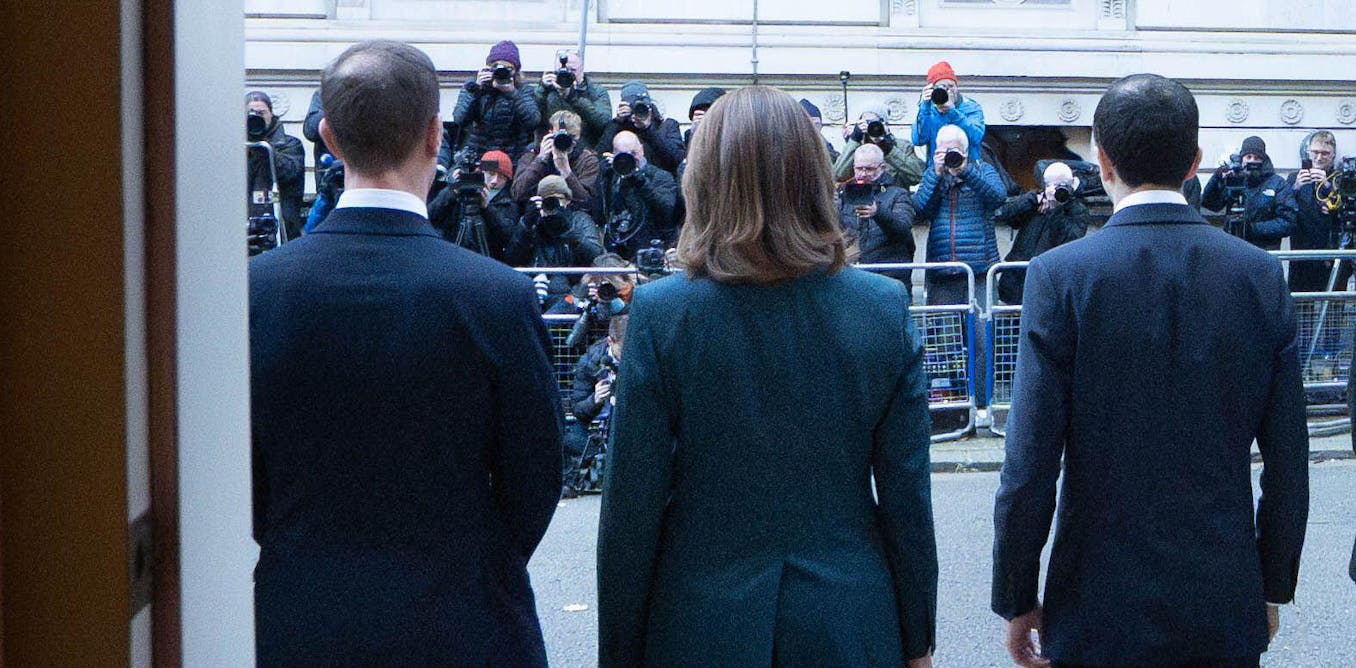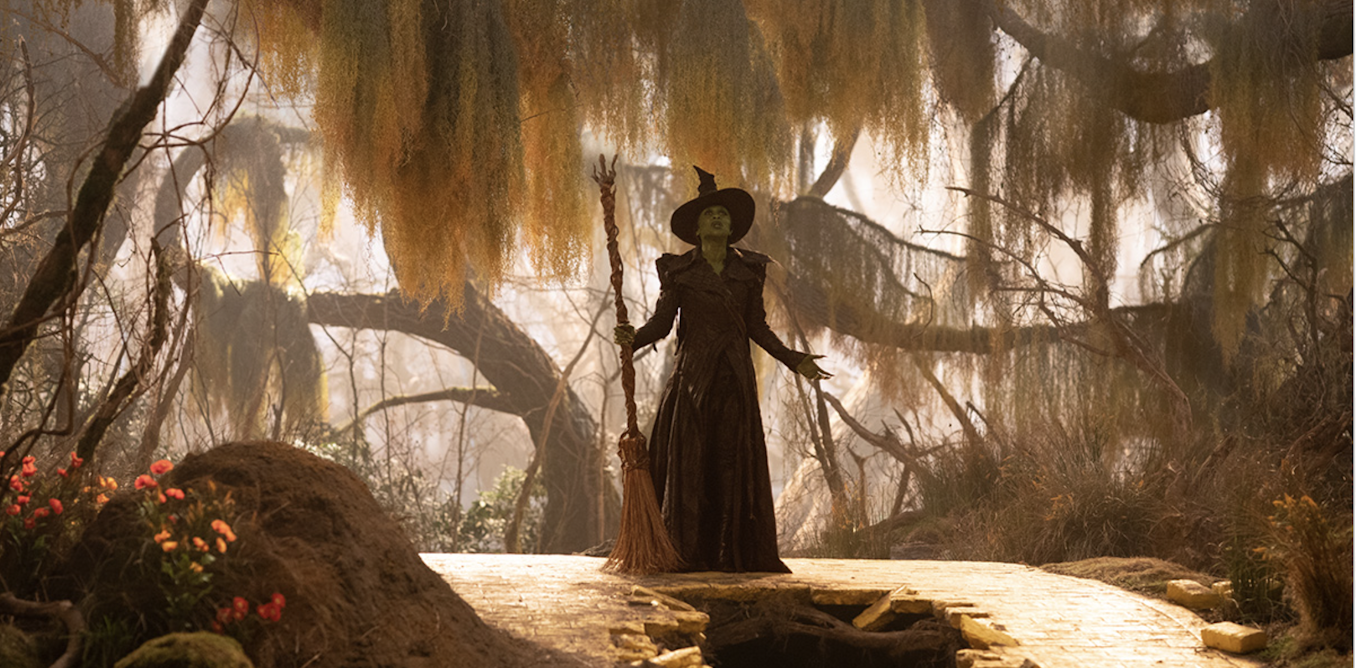Even the estate of an artist as acclaimed as Romare Bearden has trouble tracking down the thousands of works he made over the course of his five-decade career. Known as one of America’s foremost collagists, Bearden created a distinctive style that can often be easily recognizable, but tracking down every single work he made, including ones not in that mode, can be a difficult task, especially when it comes to compiling a catalogue raisonné for the artist.
Though the support of a gallery is helpful in keeping track of an artwork’s provenance, artists aren’t always thinking about their legacy the way a gallerist would. “Bearden was a social worker, and by virtue of just his way of life, he was giving things away to friends of his who were outside of the art world. And so, these things weren’t necessarily being documented as transactions,” said Elizabeth Gorayeb, the director of the Wildenstein Plattner Institute (WPI), which is publishing a catalogue raisonné for Bearden with the late artist’s namesake foundation.
But, the Bearden Foundation has managed to ascribe 2,400 artworks to him, and approximately 800 more were identified by the WPI team that is compiling his catalogue raisonné. Of these 3,000 works, 210 of them form the basis of the first chapter of The Romare Bearden Catalogue Raisonné Project, an in-progress compendium of all the known works by the 20th-century artist and only the second catalogue raisonné for an African American artist to ever be compiled.
As part of the research process, the Bearden Foundation digitized the artist’s archive of ephemera, which included exhibition announcements, catalogs, and other printed things that he sent out. Excavating this archive resulted in new discoveries, like a portrait by Bearden of artist Edmonia Lewis, who achieved fame during the late 19th-century, a rarity for a Black and Native American woman artist at the time. The portrait was featured on a 1969 greeting card published Harris Graphics, for which he also produced other greeting cards. Bearden’s original portrait of Lewis, however, still remains at large.
A screenshot of WPI’s The Romare Bearden Catalogue Raisonné Project digital interface.
Courtesy WPI
The partnership with WPI to publish the Bearden catalogue raisonné began in earnest in 2017 when Bearden Foundation codirector Diedra Harris-Kelley attended a talk for WPI’s release of a Jasper Johns catalogue raisonné, where she met Gorayeb. But a significant portion of the research had already been ongoing for nearly three decades, since the foundation’s formation in 1990, two years after the artist’s death.
“For 30 years, we’ve been collecting information,” Harris-Kelley told ARTnews. “We knew that a catalogue raisonné was something we wanted to end up with eventually because this was something all artists need to have—and Bearden had not had one.”
What attracted the Bearden Foundation to work with WPI was its emphasis on producing digital catalogue raisonnés, a rising trend in the field. For the most part, WPI has focused on the work of 19th-century artists, including Monet, Degas, Gauguin, and Renoir. The only other 20th-century artists it has conducted research for are Jasper Johns and Tom Wesselmann. The first installment of The Romare Bearden Catalogue Raisonné Project, initially published in June, accounts for the artist’s output between 1964 and 1969, considered his most recognizable period.
Before undertaking this publication, Harris-Kelley knew the project wouldn’t be easy, estimating it would take at least 10 years to complete. In the past four years, the catalogue raisonné has completed the research for these five important years, while also simultaneously conducting research on earlier and later periods. Even still, there is much more work to be done. “Bearden was a prolific artist. We know of artworks that were in exhibitions that we don’t have images for—about 800 works that we just have titles but no images for,” she said. And so the research continues.

Romare Bearden, Prevalence of Ritual: Tidings, 1964.
©Romare Bearden Foundation, Licensed by VAGA at Artists Rights Society (ARS), NY/Carnegie Museum of Art, Pittsburgh
Born in 1911 in Charlotte, North Carolina, Bearden was raised in New York and Pittsburgh, Pennsylvania. After completing a degree in education in 1935 from New York University, he became a case worker for the New York City Department of Social Services. Around this time, he began taking classes at the Art Students League, under the direction of German Expressionist George Grosz. After serving in the US Army during World II, Bearden returned to Europe in 1950, using the GI Bill to study art history at the Sorbonne and philosophy with Gaston Bachelard. He returned to the US in 1951and continued working in a non-representational abstract mode, similar to what he witnessed in Europe at the time.
When he turned away from abstraction to his earliest collage work—initially using a Photostat machine—in the 1960s, Bearden “recast canonical themes in Western art—genre scenes, devotional imagery, history paintings, portraits—with Black figures,” art historians Jacqueline Francis and Anne Mohan write in the catalogue raisonné. “The result merges references to contemporary Black life, African art, and Black folk traditions in ways that simultaneously redress an enduring representational lacuna in art history, index the richness and diversity of Black culture and experience, and refute the myth of a unitary Black subject.”
Beginning in 1964, Bearden started making his now iconic collages, which were featured on the covers of Time, Fortune, and New York magazines. “This period of 1964 to 1969,” Gorayeb said, “is really when he became the Bearden that we know.” That pivotal moment in his career is discussed at length in an accompanying essay penned by Monahan and Francis, a Bearden expert who served as a coeditor on a 2011 monograph on the artist.

Romare Bearden, Sermons: The Walls of Jericho, 1964.
©Romare Bearden Foundation, Licensed by VAGA at Artists Rights Society (ARS), NY/Hirshhorn Museum and Sculpture Garden, Smithsonian Institution, Washington, DC
The first catalogue raisonné was published in France in 1751, the year after the death of its author, art dealer Edme-François Gersaint. Its title, Catalogue raisonné de toutes les pieces qui forment l’oeuvre de Rembrandt, literally translates to “reasoned catalogue of the pieces that form the collective works of Rembrandt,” and its objective was just that: to provide a full accounting of the works that could be attributed, without a doubt, to Rembrandt—and put to rest centuries of debate. The volume’s 1952 English translation includes “considerable additions and improvements” (per its new title), by Pierre Charles Alexandre Helle and Jean-Baptiste Glomy, such as describing the artworks in words. And thus the modern catalogue raisonné was born.
Today, catalogues raisonnés are just as valuable as sources of scholarship as they are in aiding market transactions for the works included. The producers of catalogues raisonnés often avoid trying to “authenticate” an artwork to avoid lawsuits and litigious collectors, though inclusion in a catalogue raisonné does offer potential buyers a certain ease of legitimacy of a given work. In the case of the discovery and verification of the missing Bearden collages, WPI’s Gorayeb said, “We’re not authenticating anything. We’re giving an opinion, and we reserve the right to tell them that we will include it or we won’t include it, and basically it indemnifies us in case they’re not happy with our opinion.”
Because of their costs, catalogues raisonnés are typically produced and funded by dealers who have a stake in an artist’s market, whether via official representation of the estate or being a well-regarded purveyor of the artist’s works on the secondary market. The role of an artist’s gallery also helps with the research as they typically know to whom they originally sold the work and likely who owns it today. The publisher of a catalogue raisonné, whether it be a gallery, estate, or independent entity, often gives them a certain amount of authority in the artist’s secondary market.
The Bearden Foundation and WPI are operating mostly independent of galleries who trade in Bearden’s art. “Some galleries are very protective of their clients,” Harris-Kelley told ARTnews about the estate’s ongoing research. “They don’t want to give out addresses. They don’t want you to go and photograph the work. They don’t know what condition the work is in. That’s the other thing—you go to photograph something and it doesn’t look like you thought it was going to look.”

Romare Bearden, Spring Way, 1964.
©Romare Bearden Foundation, Licensed by VAGA at Artists Rights Society (ARS), NY/Smithsonian American Art Museum, Washington D.C.
The only other African American artist to have a catalogue raisonné is Jacob Lawrence. Published in 2000, the year of his death, Lawrence worked with the project’s coeditors, Peter T. Nesbett and Michelle DuBois, to help them compile a compendium of over 900 of the artist’s paintings, drawings, and murals completed between 1935 and 1999, including his iconic 60-panel work, The Migration Series (1940–41).
“The challenging part was the huge undertaking,” Nesbett said of compiling the catalogue raisonné pre-internet and without a PhD. “There’s a long-term commitment that requires steadfastness, perseverance, but also not everybody wants you to do it.” To complete it, the nonprofit Jacob Lawrence Catalogue Raisonné Project had to raise $1.3 million, with some funds coming from the sale of $2,500 prints Lawrence created specifically for the project.
One challenge facing compiling the Bearden catalogue raisonné is that unlike, Lawrence, Bearden’s sales records for some of the galleries have been hard to come by due the changes in leadership. “Prior to the ’90s, there were so few Black artists represented by major commercial galleries that had the resources to track [their artworks],” Nesbett said. Bearden often sold directly from his studio or gifted works to friends and many of these transactions did not carry proper documentation, making it more difficult to authenticate the provenance of any given artwork being considered for inclusion in the catalogue raisonné.
The Jacob Lawrence catalogue raisonné was published with an accompanying website that is now defunct, making it one of the earliest online catalogues raisonnés. “A printed catalogue raisonné is a snapshot of knowledge at a very specific point in time of publication,” Nesbett explained. “But these objects are all moving around the world and acquiring new social histories and exhibition histories, so the information in the catalogue raisonné is dynamic.”

A screenshot of WPI’s The Romare Bearden Catalogue Raisonné Project digital interface.
Courtesy WPI
For Harris-Kelley, of the Beaden Foundation, that’s the “beauty” of producing a digital catalogue raisonné. “Together with all of the materials that we’ve transferred over and digitized, and we’re able to have a multi-dimensional catalogue,” she said, meaning that not only can it be updated as research continues but readers can access related materials in a way they wouldn’t with a printed catalogue raisonné.
That dynamism isn’t the only reason the foundation pursued this type of publication; a digital catalogue raisonné also provides a rabbit hole of research that could lead to new avenues of inquiry. “With the advent of catalogues raisonnés coming online, the audience is broader,” Gorayeb, of WPI, said. “With these online resources, you can search for a work by Bearden, and in that cataloguing for that Bearden work, you might see another name of a person who was a collector.”
While there are 210 works identified as Bearden’s as part of the first volume, actual proof of all the artworks existence is still needed for about half of the works. Those that have not been verified are listed black and white images, awaiting the artwork holder to come forth and claim their ownership before being turned into a color image.
“Some of them do exist—we know they exist, but we haven’t been contacted by the owners. We have good information on the half that haven’t been verified,” said Camara Holloway, a project manager for WPI who is working on the Bearden catalogue raisonné. But, in some cases, works “have disappeared” altogether.

Romare Bearden, photographed by Gary Schoichet.
Courtesy the photographer, all rights reserved
This new scholarship, Gorayeb said, helps ground Bearden as the maker of “works that are culturally significant, that have great impact and great import in American history” at a time when his market is also steadily growing. His auction record currently stands at $1.1 million, set in 2021 at a Sotheby’s New York evening sale. A 1980 collage came to auction in this year’s May sales, selling for $952,500, the third highest-price for a Bearden work.
The compilation of a Bearden catalogue raisonné also comes at a time when the mainstream art world—museums, galleries, auction houses—has begun “recognizing the value of African American art,” Harris-Kelley said. “Just in the last eight to 10 years, there’s been an explosion of young black artists who are really getting their value up and galleries are after them.”
As more and more artists—Black artists and artists of color in particular—reach levels that would warrant that a catalogue raisonné would someday be produced about their work, Nesbett, the Lawrence catalogue raisonné coauthor, said it’s never too early to be organized and meticulous when it comes to an artist’s output. “I think there is a burden on the artist to keep very detailed records of the whereabouts of their work every time they complete a work, and it leaves the studio or even goes into storage,” he said. “Make sure you’ve got full accounting of it.”

The post “How Romare Bearden’s Estate Is Bringing the Artist’s Work into the Digital Realm” by Maximilíano Durón was published on 11/28/2025 by www.artnews.com






































Leave a Reply